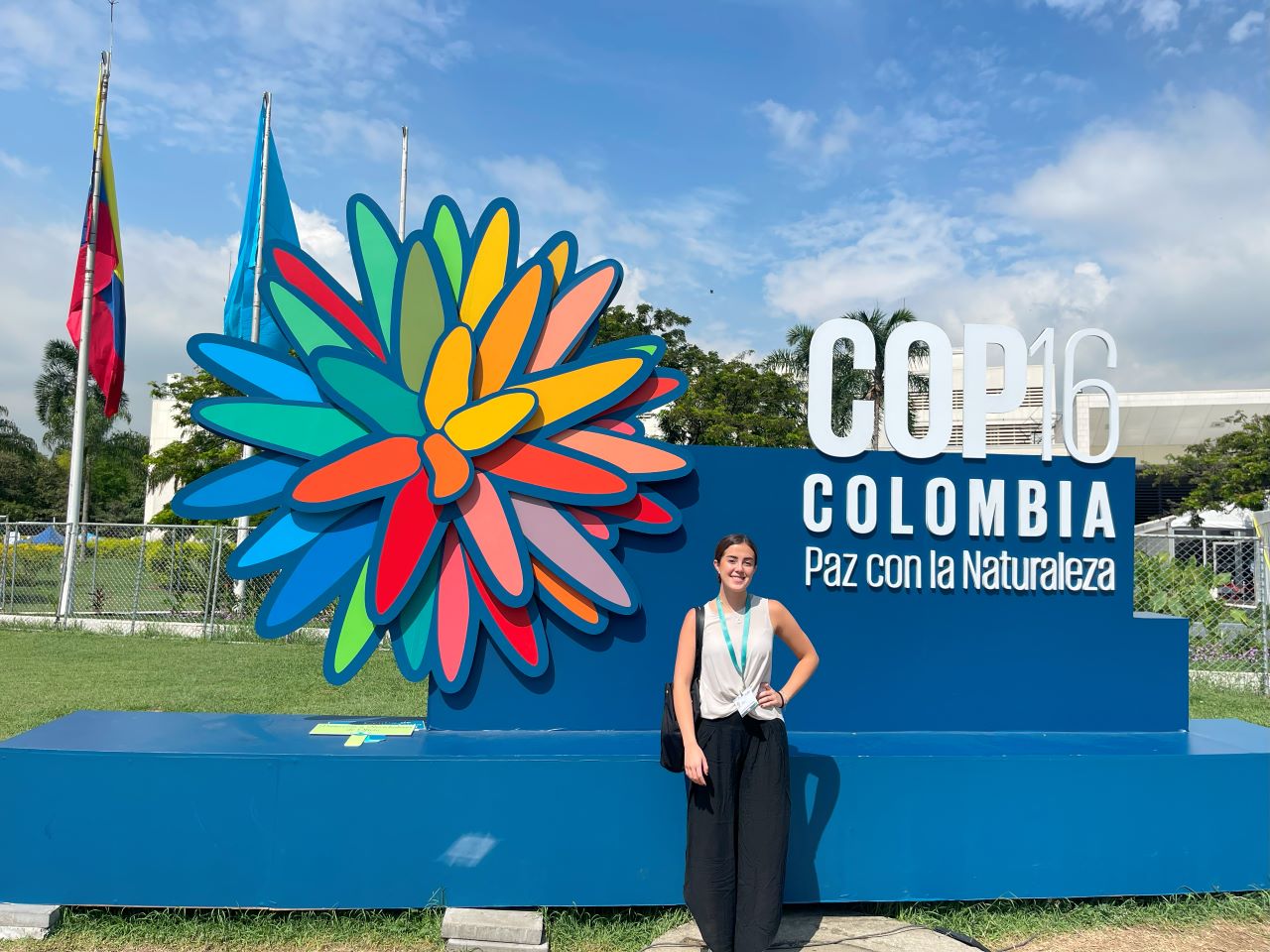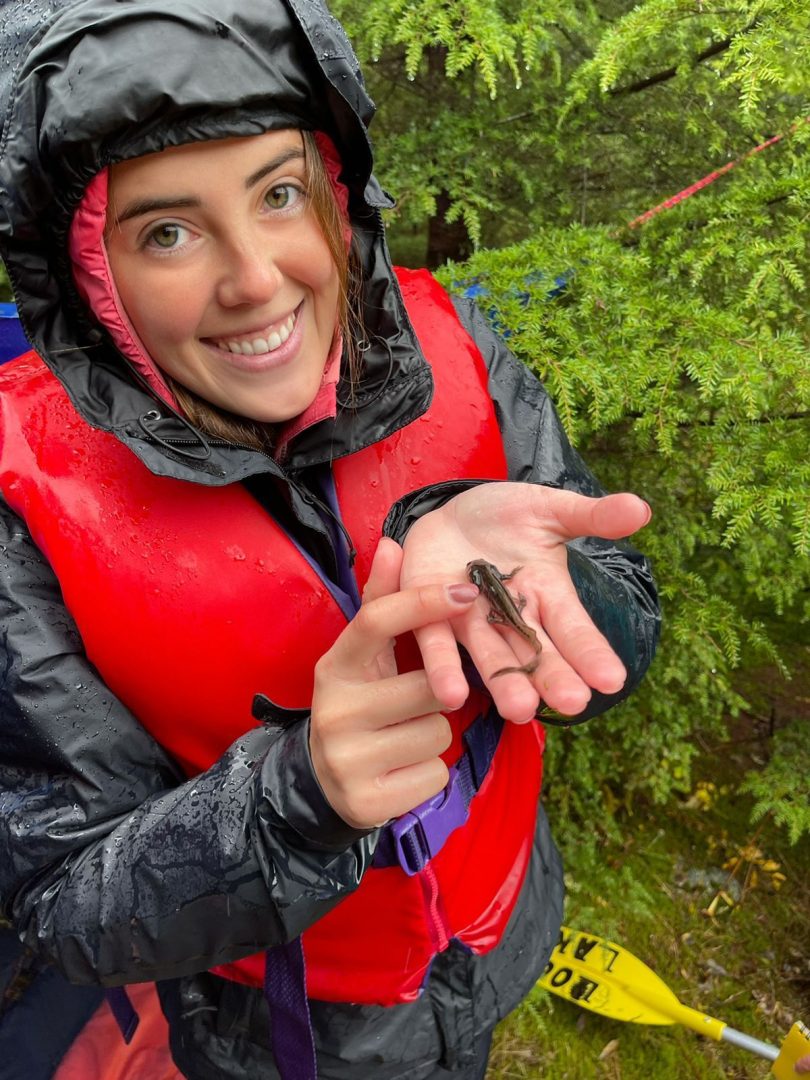Invasive Species Awareness Week, which takes place on the last week of February every year, presents an opportunity to shine a spotlight on the urgent need to tackle invasive alien species (IAS) – one of the five leading causes of biodiversity loss worldwide. The spread of invasive species has not only displaced and reduced the abundance of native species across multiple ecosystems but also reduced genetic diversity and resilience to recover from disease and natural disasters – threats that have intensified due to climate change.

Dileri Berdeja, Freshwater Life, at CBD COP16 meetings in Cali, Colombia. Photograph: Dileri Berdeja
As a young conservation scientist, I have observed that invasive species often remain overlooked in global conservation priorities. While their impact and the alarming rate at which they drive biodiversity loss are widely acknowledged, our response remains inadequate. With ecosystems deteriorating rapidly, innovative solutions are needed alongside existing tools to build back biodiversity. There is an urgent need to strengthen biosecurity measures, enhance monitoring and control efforts, and commit to elimination where feasible.

Beyond biodiversity loss, invasive species can be critical vectors of disease, affecting both wildlife and human populations. Yet, their role in spreading pathogens into vulnerable ecosystems is often underestimated – posing significant risks to species that lack evolutionary adaptations to such threats.
So, what are the key barriers preventing meaningful action against invasive species? In a soon-to-be-published study we explored governments, communities and organizations’ participation in IAS-related management work within freshwater conservation programs. Among the 30 respondent organizations, 26 acknowledged a clear need for IAS elimination within their regions, while only one stated that elimination was unnecessary.
For those organizations actively involved in IAS-related work, efforts ranged from project implementation, knowledge-building, education, surveillance, and citizen science to policy and advocacy. However, our study revealed that 32.5% of respondents were not at all involved in IAS-related work. This led us to ask the question: why is action on invasive species so limited?
Several key barriers were identified. Overall, the study found that there was a widespread lack of awareness regarding the impacts of invasive species. Additionally, and perhaps not surprising to many, the lack of funding emerged as the most significant barrier. However, insight into more nuanced influences revealed additional challenges such as the concern for cultural resistance to IAS management, limited technical expertise, and poor inter-organizational communication, which hindered effective support. Other issues included the lack of legal enforcement, which limited the sustainability of IAS elimination efforts, insufficient public knowledge and education, lack of stakeholder collaboration and communication, and a limited integration with global organizations.

Seabird populations are threatened by invasive species on islands.
The message is clear: we have a tremendous opportunity to prioritize invasive species management as a conservation priority and take decisive action.
Raising awareness must extend beyond conservation professionals to also include local communities and help foster collective responsibility. We must advocate for surveillance methods that could include the incorporation of citizen science and establish regulatory frameworks that enforce biosecurity measures. Actively engaging the public through education and accessible tools is key to fostering meaningful participation.
Stronger commitments from governments, institutions, and stakeholders will be essential to drive investment towards the development of innovative solutions and tools for IAS monitoring, control, and elimination.
We must reshape the narrative – invasive species management is possible. By uniting our efforts, we can halt the spread of invasive species, restore impacted ecosystems, and secure a healthier, more resilient future for our planet.
